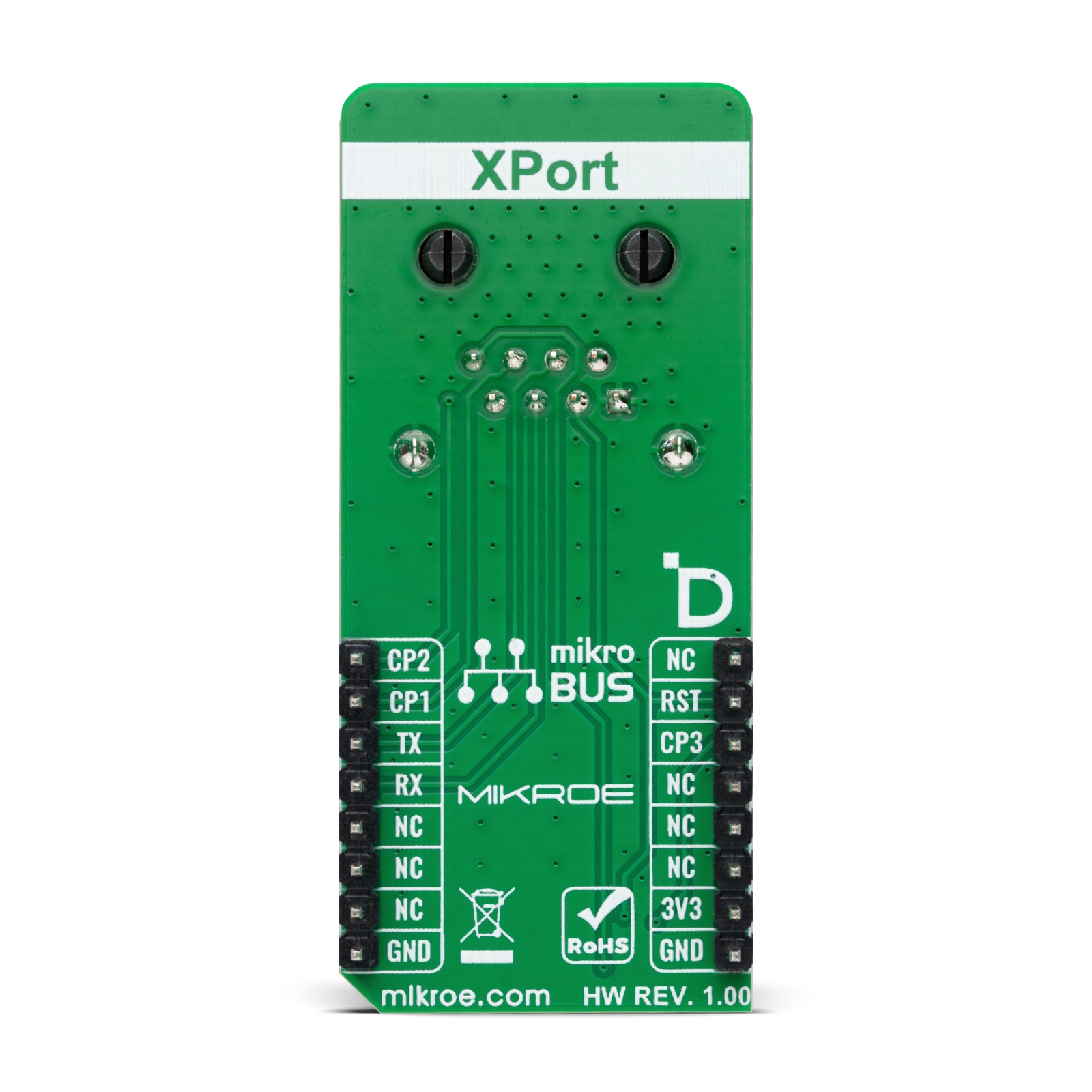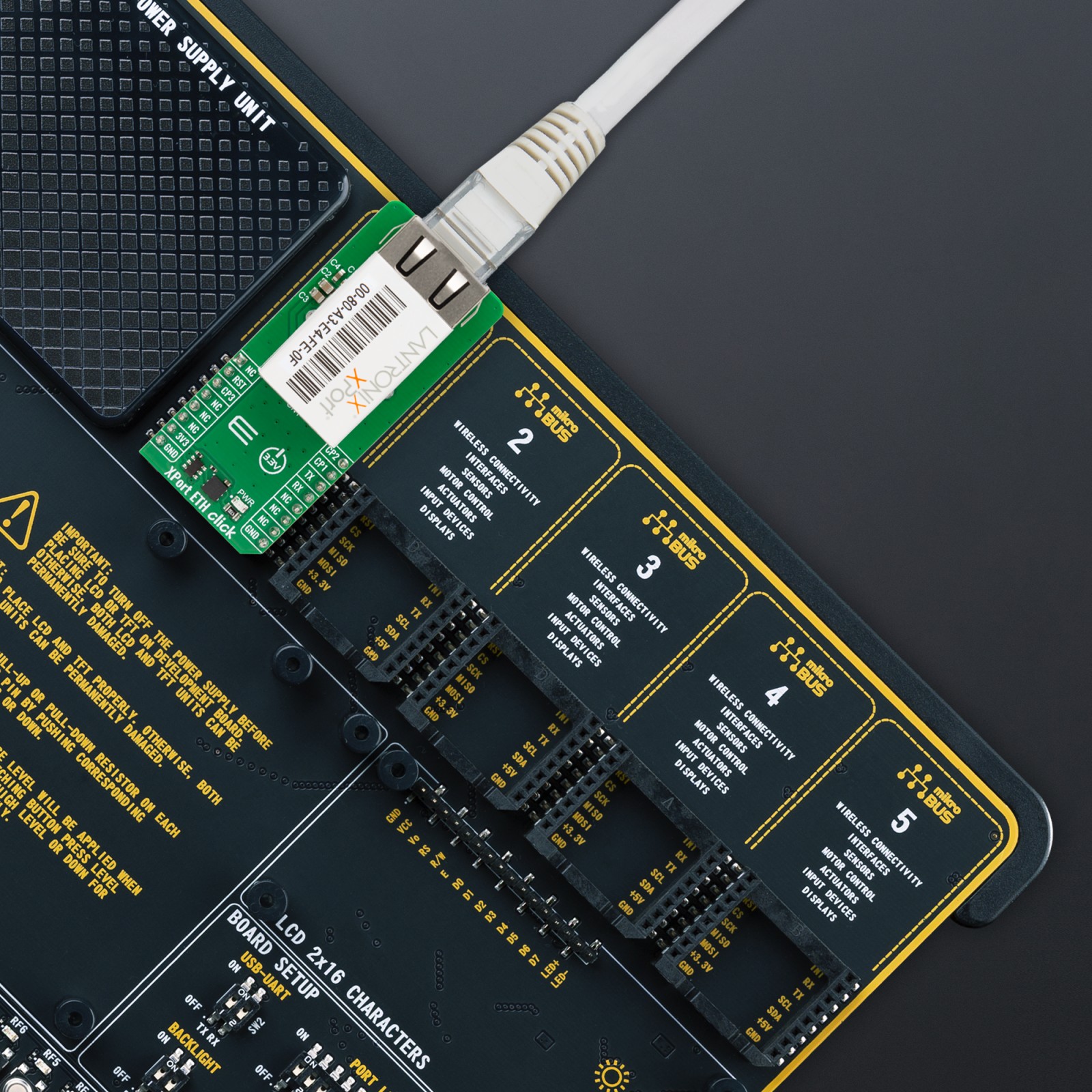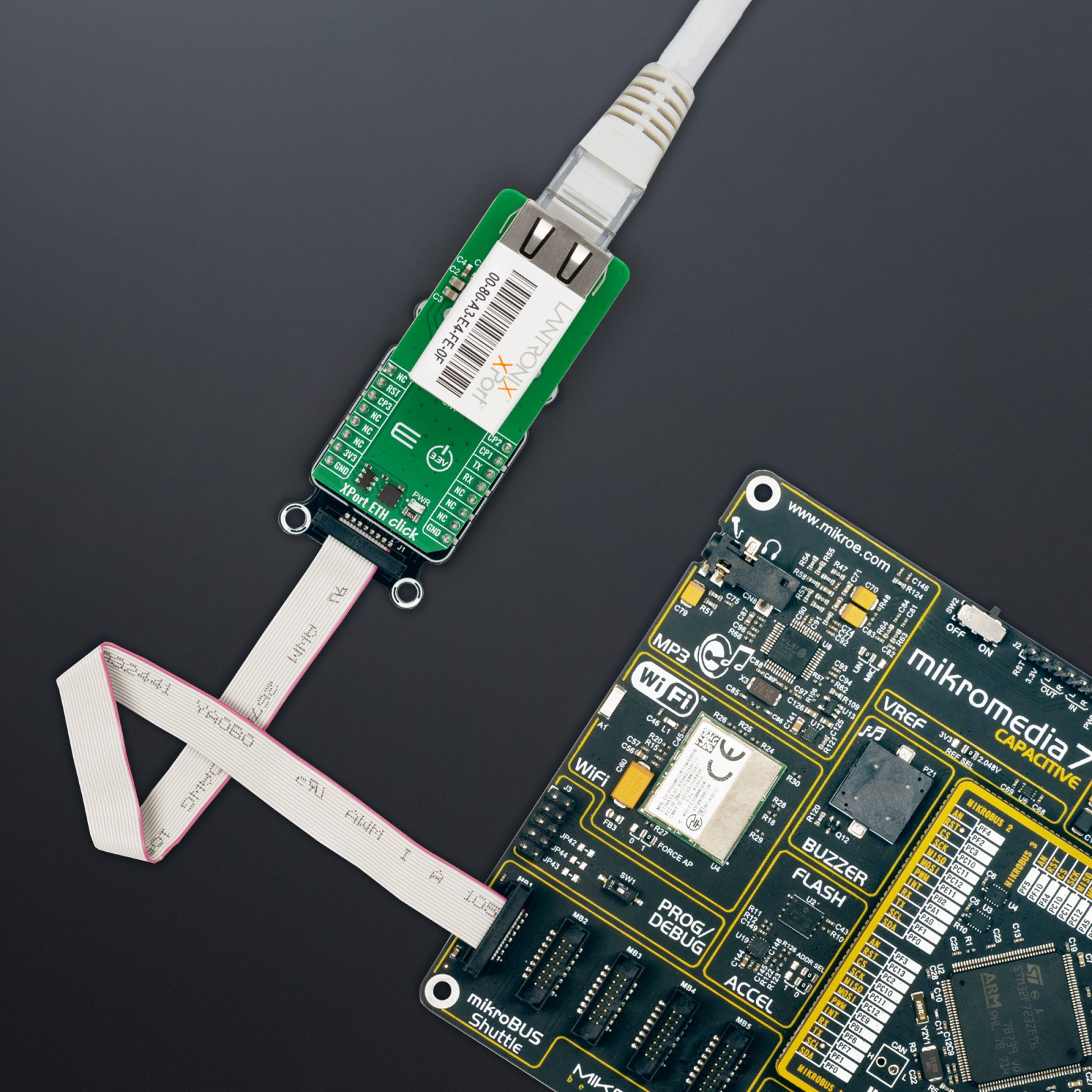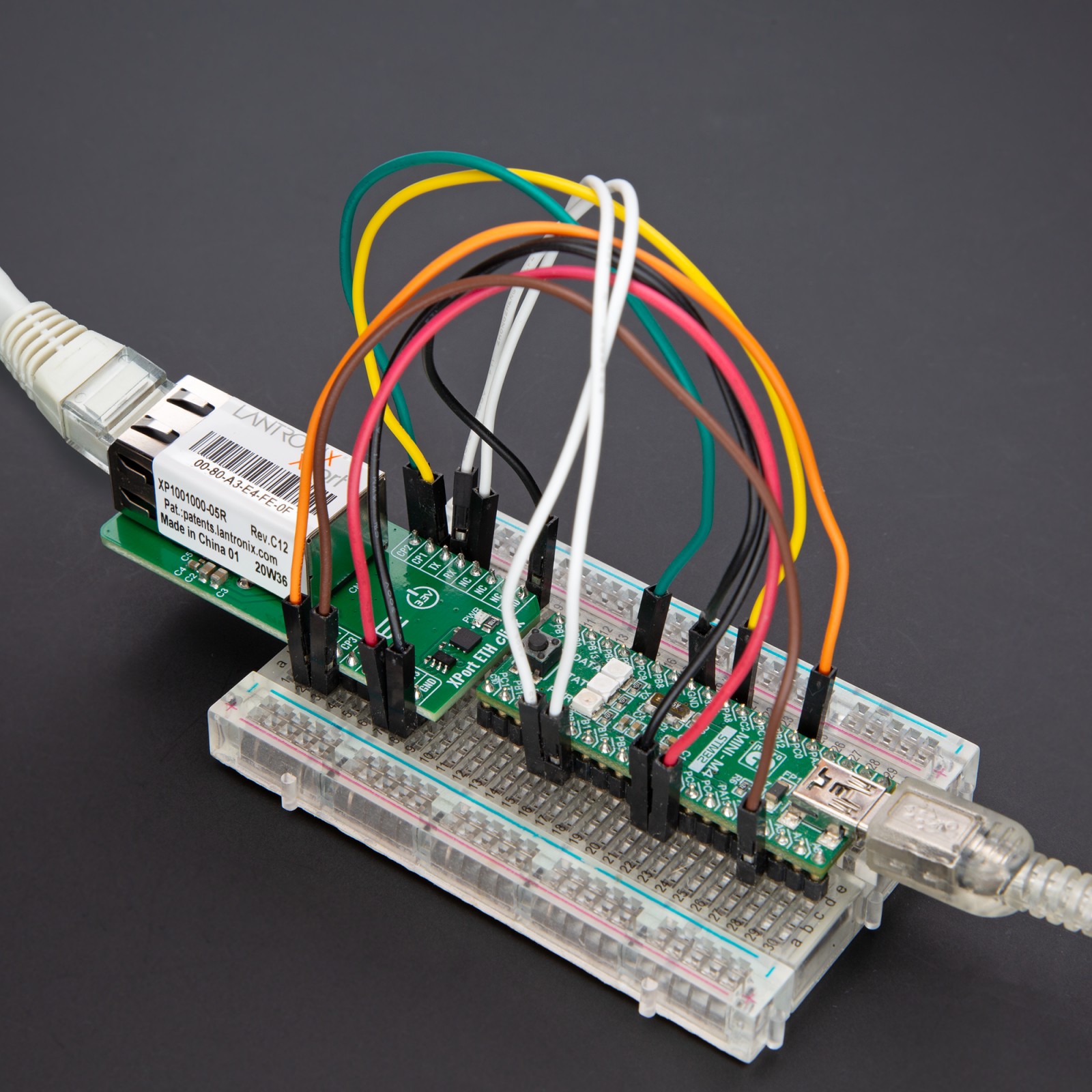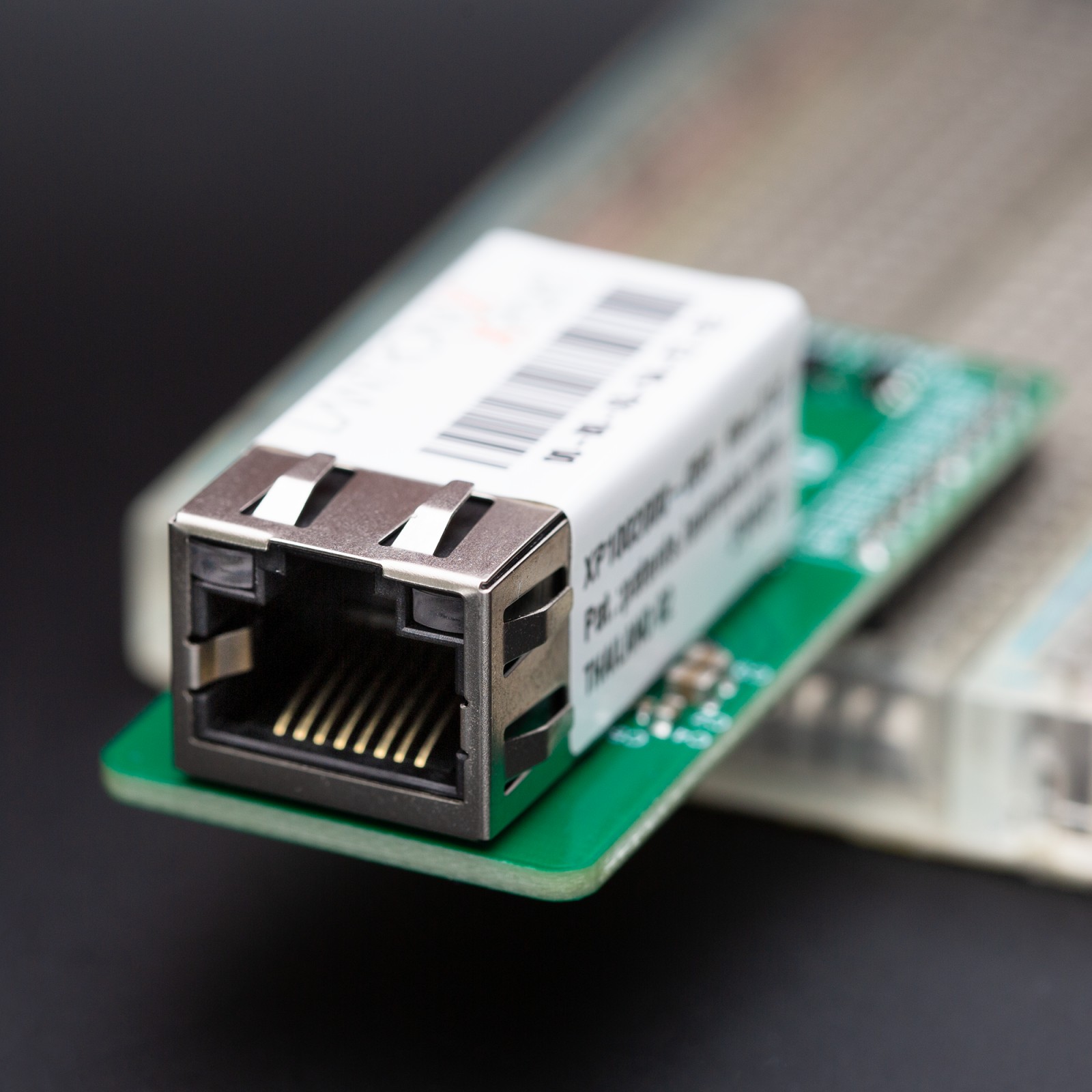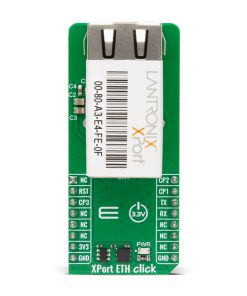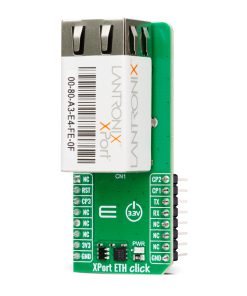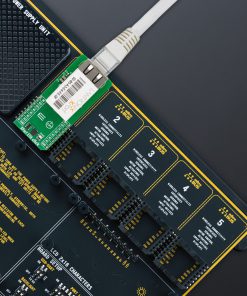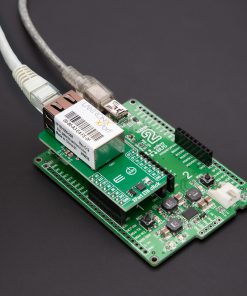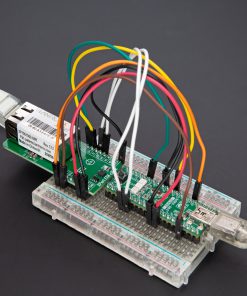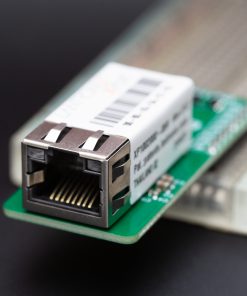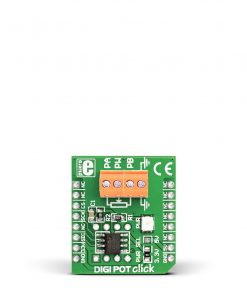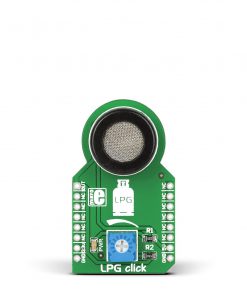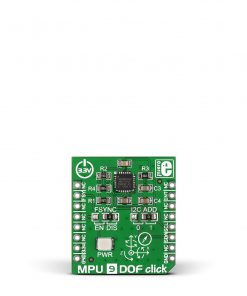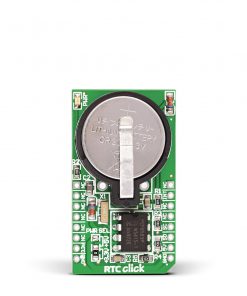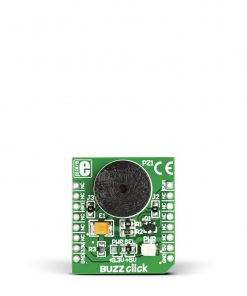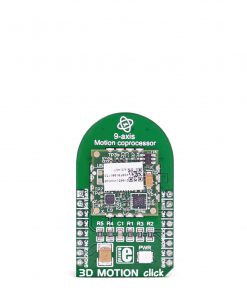Subtotal: R330.00
XPort ETH Click – XE
R2,600.00 ex. VAT
XPort ETH Click – XE is a compact networking solution designed to provide Ethernet connectivity to embedded systems. It is based on the XP1001000-05R XPort module from Lantronix. This standard version integrates a 10/100BASE-TX Ethernet interface, embedded web server, reliable TCP/IP protocol stack, and UART communication within an RJ45 connector. It includes 512KB of flash memory for firmware and web content, operates on a 3.3V supply, and features bi-color LEDs for real-time link and activity indication. XPort ETH Click – XE is ideal for embedded applications that require dependable Ethernet communication in industrial, consumer, or IoT environments without encryption requirements.
XPort ETH Click – XE is fully compatible with the mikroBUS™ socket and can be used on any host system supporting the mikroBUS™ standard. It comes with the mikroSDK open-source libraries, offering unparalleled flexibility for evaluation and customization. What sets this Click board™ apart is the groundbreaking ClickID feature, enabling your host system to seamlessly and automatically detect and identify this add-on board.
NOTE: This Click board™ is also available in an SE version featuring the XP100200S-05R XPort module. For more details, please visit the XPort ETH Click – SE product page.
Stock: Lead-time applicable.
| 5+ | R2,470.00 |
| 10+ | R2,340.00 |
| 15+ | R2,210.00 |
| 20+ | R2,126.80 |

 METHANE Click
METHANE Click 

